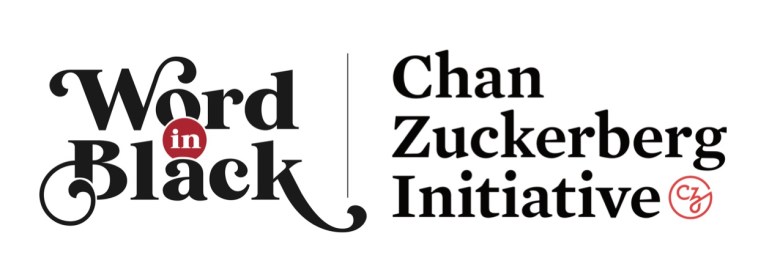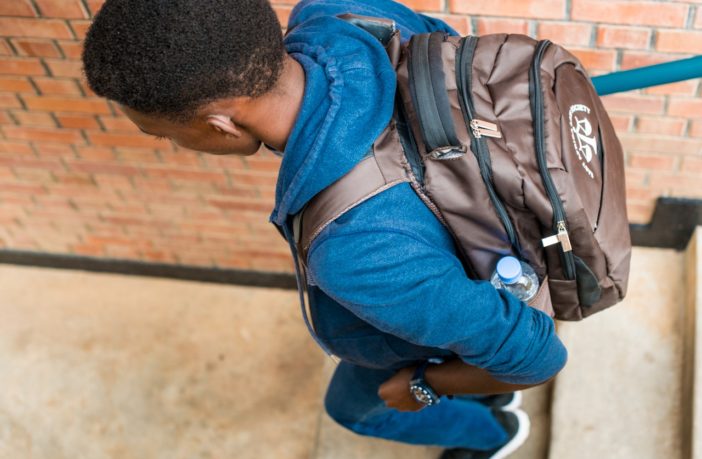By Joseph Williams
Word In Black
What some teachers see as disruptive behavior in Black children closely tracks broader symptoms of attention-deficit disorder
Black kids are misdiagnosed and over-policed, making it easy to make excuses about why we can’t teach them and why they can’t be successful. (Photo: Nappy.co/alyssasieb)
When a new Centers for Disease Control and Prevention report last week revealed that one in nine children in the U.S. are diagnosed with attention deficit hyperactivity disorder, experts said the data reflects a surge in cases since 2016 — and a growing understanding of how the disorder affects children, including struggles with attention, hyperactivity and impulsiveness.
The rise in ADHD diagnoses, however, comes at a time when several studies show Black children are substantially more likely to face punishment in school than White children for vaguely defined disruptions — defiance, disruption and insubordination — that could mirror ADHD symptoms.
Coupled with the fact that Black children are less likely to receive treatment for the disorder than White children, it’s easy to see how school suspensions and ADHD overlap. That nexus could shine new light on the disproportionately high disciplining of Black children in public schools as well as the lack of resources and counseling for the disorder.
“I think it’s a really important issue,” says Sharif El-Mekki, founder and CEO of the Center for Black Educator Development, a nonprofit organization. “On one hand, Black kids — Black boys in particular, but Black girls too — are misdiagnosed” with more severe psychological problems such as schizophrenia when it could be ADHD.
“I think it’s a combination of being under-diagnosed and over-diagnosed for, you know, for sometimes the very same thing,” he says.
According to the CDC report, an estimated seven million children ages three to 17 have been diagnosed with ADHD, or roughly 11.4 percent of the nation’s school-age population. The data, compiled from a national survey of parents in 2022, also found that boys are nearly twice as likely to get a diagnosis than girls, and that Black and White children are diagnosed at the same rate (12 percent).
The report found nearly 80 percent of kids with ADHD diagnoses had a co-occurring problem, like anxiety or depression. But almost half of the children had a behavior or conduct problem, including oppositional defiant disorder, a condition whose symptoms include anger, refusal to comply with instructions, or resentment.
Although the CDC study found they are about as likely as White children to get an ADHD diagnosis, Black children diagnosed with ADHD “are less likely than their White counterparts to receive treatment,” according to a 2022 study published in the journal Psychiatric Services. Further, “Once Black and Hispanic children with ADHD receive treatment, they may be more likely than White children to disengage from treatment or to receive poorer-quality care.”
The reasons range from cultural issues with mental health to less access to quality healthcare and bias among caregivers in the largely-White field of behavioral medicine.

Those problems can manifest themselves in the classroom, experts say, resulting in the kind of behavior that gets students disciplined, suspended, or kicked out of school. But El-Mekki says the problem runs more deeply, including unequal resources between Black and White schools — particularly when it comes to school counselors and resources.
“One thing is just the cultural incompetence that occurs by educators” who are more likely to be White, he says. “The lens (they) use to view students — what might be normal (ADHD) behavior is often viewed as problematic” to the point where “children get over-policed.”
At the same time, there may be other factors that can exacerbate that behavior, ranging from a tumultuous home life to poverty or abuse, as well as environmental factors, such as lead and asbestos in homes, El-Mekki says.
Making matters worse, he says, is the fact that Black students attending mostly-White schools don’t usually have access to school counselors that look like them, while Black students at mostly-Black schools typically don’t have access to counselors at all. Studies have found that only about 18 percent of U.S. teachers are people of color, while nearly 90 percent of mental health professionals are non-Hispanic White.
“But often, we find it easier to blame children, and label them and then put them in a corner box and say, ‘This is what their problem is,’” El-Mekki says. “When that happens, it’s very easy to make excuses about why we can’t teach them — why they can’t be successful.”
This article was originally published by Word In Black.



